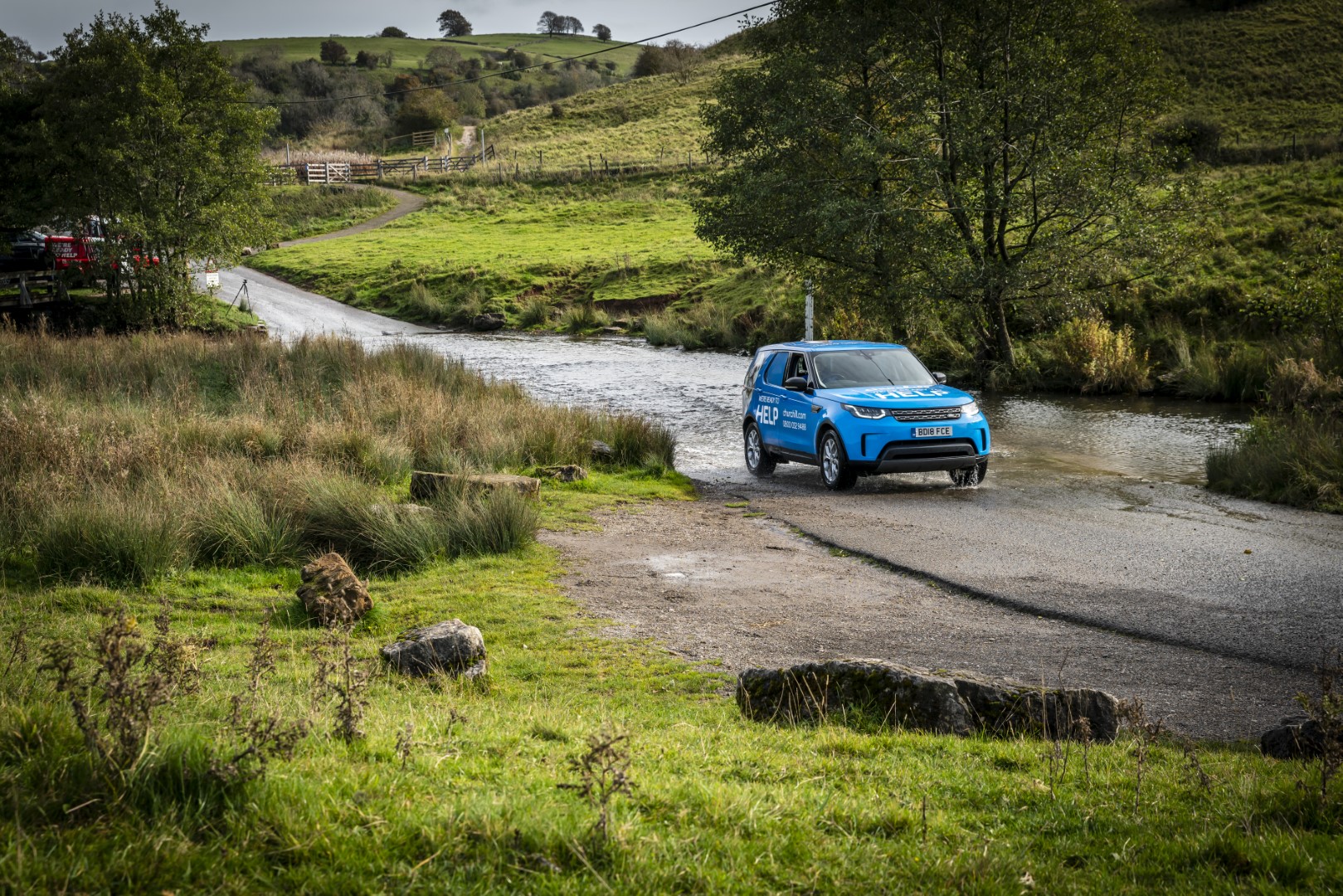One in 12 fraudulent insurance claims relate to phantom passengers
- Eight per cent of fraudulent motor insurance claims are linked to “phantom passengers” – individuals not present at the time of the incident
- Most common fraudulent car insurance claim is for low-speed impact, where vehicles have collided and minimal damage was caused
- Fraudulent claims on the rise across the insurance industry over the past year
- Drivers are more likely to pretend they had an injured person present in the vehicle than exaggerate the loss or damage caused during the collision
New analysis1 by Churchill car insurance reveals that one in twelve (eight per cent) fraudulent motor claims are for injuries to “phantom passengers”, who were not present in the vehicle at the time the collision took place. Drivers and accomplices are making spurious personal injury claims for ‘phantom passengers’ in the hope of securing an insurance pay out. People are risking up to ten years imprisonment2if prosecuted for fraud having pretended they were in a vehicle involved in an accident.
The analysis shows the proportion of fraudulent claims, where the primary fraud type relates to mystery passengers, has increased by two per cent in the last year3. In addition, as fraudulent claims often include multiple elements of deceit, it is likely this figure is significantly higher across the United Kingdom.
The most common type of fraudulent claims centre around low-speed impact, where vehicles have collided and minimal or no damage was caused. This accounted for over a third (thirty six per cent) of all fraudulent claims in 2016.
Table one: Fraudulent claim type and percentage of fraudulent claims where this was the primary cause of fraud
Fraudulent claim type4 |
% of fraudulent claims in 2016 |
Low-speed impact (when both vehicles collide at low-speed e.g. in a car park) |
36% |
Organised fraud rings |
15% |
Phantom passenger (when the claimant was not in the vehicle at the time of the collision) |
8% |
Induced Road Traffic Accident (RTA) (when one motorist deliberately causes the accident – for example, by slamming on their brakes - and the innocent other party collides with the vehicle) |
8% |
Staged Road Traffic Accident (RTA) (where both vehicles are complicit in the fraud e.g. the accident may have been staged) |
7% |
Exaggerated loss/ damage (when an accident occurs and the claimant exaggerates the circumstances) |
3% |
Indemnity / policy issues (when the customer has lied when taking out the policy) |
2% |
Source: Churchill Car Insurance analysis
Mark Chiappino, counter fraud manager at Churchill commented:“Fraudulent car insurance claims are on the rise, as opportunists try their luck at making exaggerated claims after a genuine accident or reporting injuries to phantom passengers, which have a knock-on financial effect on innocent customers.
Chiappino continues: “Our priority is to protect honest motorists by actively seeking out suspicious claims. We have zero tolerance for fraudsters and have preventative measures in place to look after our customers. When involved in a collision, whether it’s your fault or that of another driver, try to gather as much information at the scene to make the claims process easier. If you are involved in an accident and it is safe to do so, it is advisable to take down the contact and insurance details from the other motorist, take photos of any damage caused and contact details for any witnesses.”
Recent data published by the Association of British Insurers5 reveals that there were some 70,000 fraudulent motor insurance claims in 2015, amounting to around 192 every day. This made dishonest motor claims the most common type of insurance fraud, accounting for over half (54 per cent) of all fraudulent claims. The value of these claims stood at £800 million, making the average fraudulent claim worth £11,428. In addition to potential imprisonment, offenders also risk having their insurance policy cancelled. Their information may also be uploaded to the Insurance Fraud Register and shared with other fraud prevention agencies, who may widely share the data, making it difficult to obtain other insurance and financial services products.
ENDS
Notes to Editors
- 1Research analysis conducted by and Direct Line Group counter fraud team and DAC Beachcroft (DACB) solicitors. Analysis based on 2015/ 2016 fraudulent claims data.
- 2The Fraud Act 2006 states that the maximum custodial sentence for fraud is 10 years’ imprisonment(https://www.cps.gov.uk/)
- 3DAC Beachcroft data shows that the proportion of phantom passenger claims out of all fraudulent claims rose from 9 per cent in 2015 to 11 per cent in September 2016 (latest available timeframe)
- 4Other types of claims relating to fire and theft, or pre-policy account for 21% of all fraudulent claims
- 52015 insurance fraud figures published by the ABI (Association of British Insurers) on 13th September 2016
For further information, please contact:
Chloe French
PR Manager
Direct Line Group
Tel: 01651 831 715
Email: Chloe.French@directlinegroup.co.uk
Churchill
Founded in 1989, Churchill is now one of the UK's leading providers of general insurance, offering car, home, travel and pet insurance cover over the phone or on-line.
Churchill general insurance policies are underwritten by U K Insurance Limited, Registered office: The Wharf, Neville Street, Leeds LS1 4AZ. Registered in England and Wales No 1179980. U K Insurance Limited is authorised by the Prudential Regulation Authority and regulated by the Financial Conduct Authority and the Prudential Regulation Authority.
Churchill and U K Insurance Limited are both part of Direct Line Insurance Group plc.
Customers can find out more about Churchill products or get a quote by calling 0300 200300 or visiting www.churchill.com
